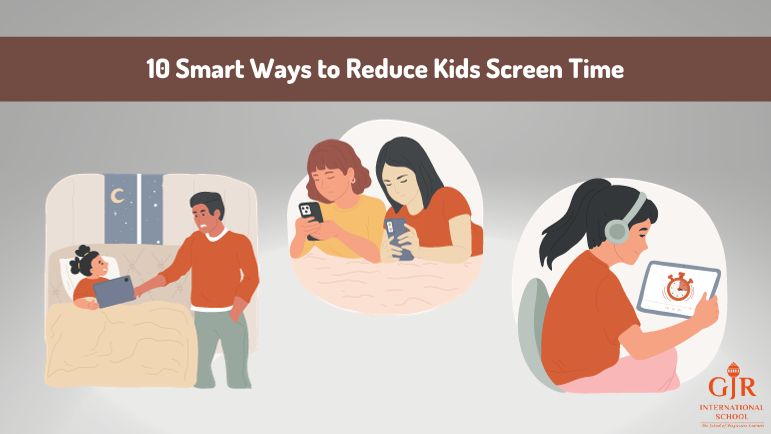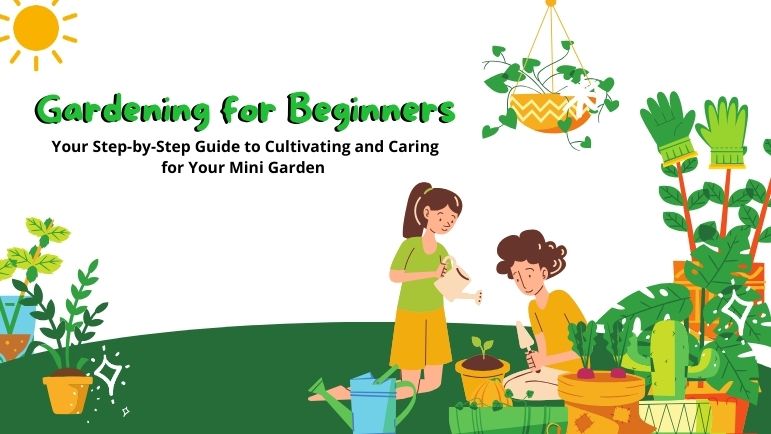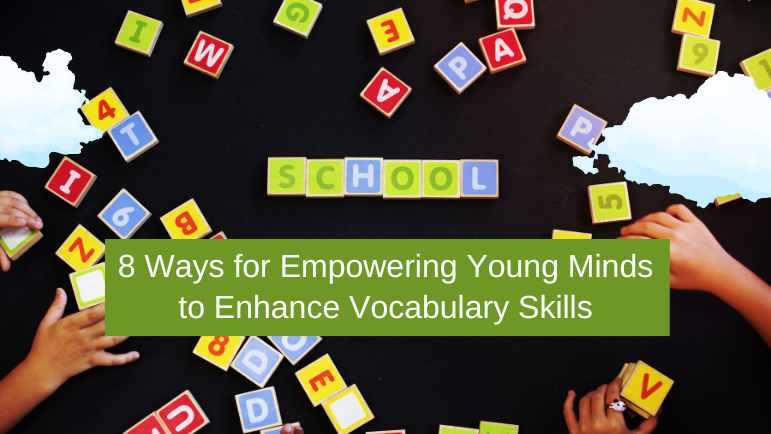10 Smart Ways to Reduce Kids Screen Time
10 Smart Ways to Reduce Kids Screen Time Technology is an essential part of modern life, and kids’ screen time has become a growing concern for parents. Striking the right balance between digital exposure and real-world engagement is crucial for children’s holistic development. With screens becoming an integral part of daily routines, parents are looking for effective ways to manage and regulate their children’s screen usage. Here are 10 smart ways to reduce kids’ screen time and encourage a healthier, more balanced lifestyle. 1. Set Clear Boundaries for Kids Screen Time Establishing clear guidelines on when and how long kids can use screens helps create a sense of structure. Having fixed schedules for screen use ensures children develop self-discipline and understand the importance of moderation. 2. Prioritize Offline Activities Encourage kids to explore a variety of offline activities such as outdoor sports, arts, music, and reading. Engaging in hobbies helps reduce dependence on digital devices while fostering creativity and personal growth. 3. Designate Screen-Free Zones Create specific areas in the house where screens are not allowed, such as the dining table, bedrooms, and study areas. This helps children focus on interactions and responsibilities without digital distractions. 4. Implement a Screen Time Budget Introduce a daily or weekly kids’ screen time budget. Allow children to manage and allocate their screen time wisely, teaching them time management skills while reducing excessive use. 5. Lead by Example Children imitate their parents’ behavior. By modeling responsible screen usage, such as limiting phone use during family time, parents can encourage kids to develop healthier screen habits. 6. Opt for Educational Screen Time Not all screen time is harmful. Introduce kids’ screen time options that include educational apps, online learning tools, and interactive games that contribute to their knowledge and skills. 7. Engage in Collaborative Screen Activities Watching movies, playing interactive games, or exploring educational content together can turn screen time into a family bonding experience rather than solitary screen consumption. 8. Monitor and Filter Content Regularly review the content your child consumes to ensure it aligns with age-appropriate guidelines. Use parental controls and discuss online safety to create a secure digital environment. 9. Encourage Tech-Free Rewards Use non-digital rewards to motivate children. Praise good behavior with outdoor trips, books, or special activities instead of screen-based incentives. 10. Establish a Screen-Free Bedtime Routine A kids’ screen time wind-down strategy before bed promotes better sleep. Encourage relaxation activities such as reading, storytelling, or mindfulness exercises instead of screen use before bedtime. Conclusion Managing kids’ screen time requires consistency, creativity, and communication. By implementing these 10 smart strategies, parents can create a well-balanced approach to digital consumption, ensuring children develop healthy habits while enjoying offline experiences.










